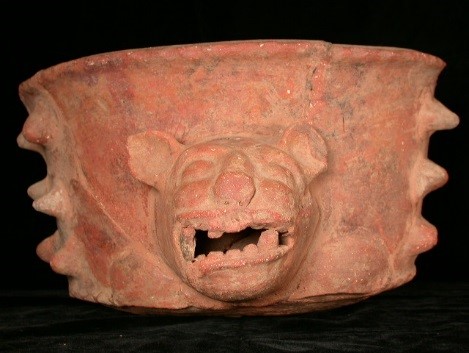Cranial Modification Ceramic Maya

Three donors will enhance our visitors experiences with stone sculpture from ancient mexico and an important style of maya ceramic arts for years to come.
Cranial modification ceramic maya. It is done by distorting the normal growth of a child s skull by applying force. The aztecs were not the only group in mesoamerica to practice extensive body modification. In many museums in mexico especially the national museum in mexico city there are many ceramic sculptures and actual skulls that show what these ancient people looked like. Among 1 600 skulls acquired from 122 maya cities during a study led by archaeologist stephen houston 90 percent of them had cranial elongation.
Artificial cranial deformation or modification head flattening or head binding is a form of body alteration in which the skull of a human being is deformed intentionally. Indeed ritual practices that included many forms of body modification is key in the list of tenets that are cultural traits shared that make mesoamerica a culture area an idea proposed. The maya had a great history of body modification and arguably so did the olmec and other major groups. Cranial modification as protection and ensoulment among the maya.
The classic period witnessed a prevalence of tabular oblique forms which were probably tied to local residents. A 16th century spanish chronicler gonzalo fernandez de oviedo asked the maya why they performed artificial cranial deformation. The civilization of the ancient maya has not been extensively and thoroughly researched in greece. The head perhaps exhibiting cranial modification that was found among olmec societies features empty eye sockets perhaps once inlaid with shell or stone.
Flat shapes elongated ones produced by binding between two pieces of wood rounded ones binding in cloth and conical ones are among. The common placement of the dead under house floors and the preference of ceramic vessels as burial goods also indicate ceibal s strong affinities with other parts of the maya lowlands during the late classic period. The condition can be counteracted with a bit of intentional skull modification in the same spirit as the procedures used in prehistoric australia using headbands or cranial moulding helmets to. The construction of the house roof parallels cranial modification.
Boards were strapped to the front and back of an infant s head to achieve a permanently elongated skull.













































